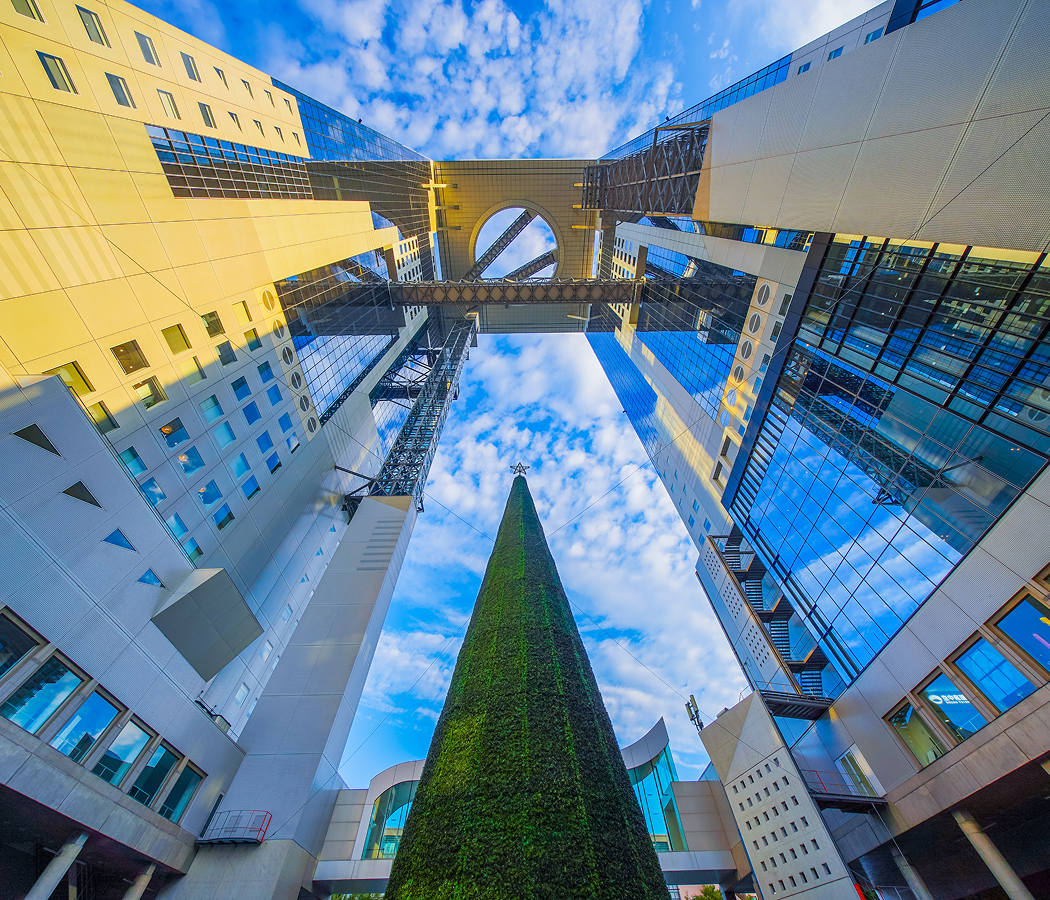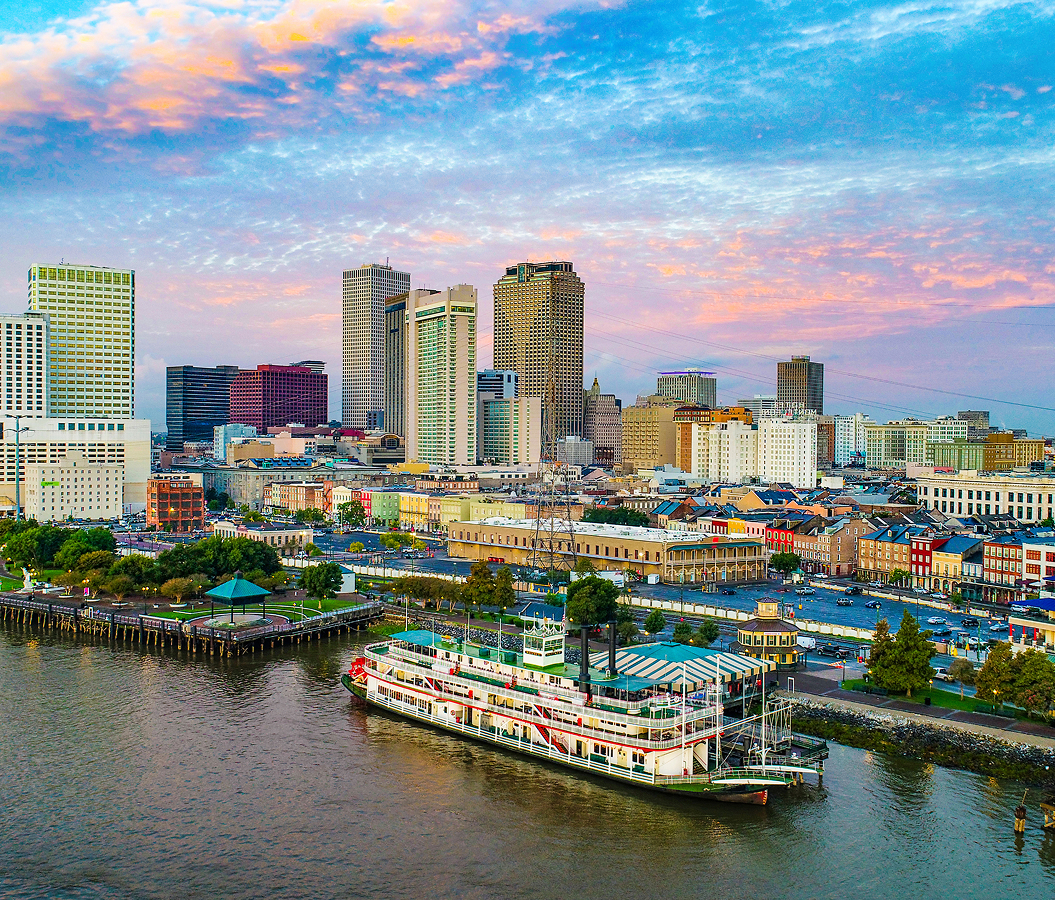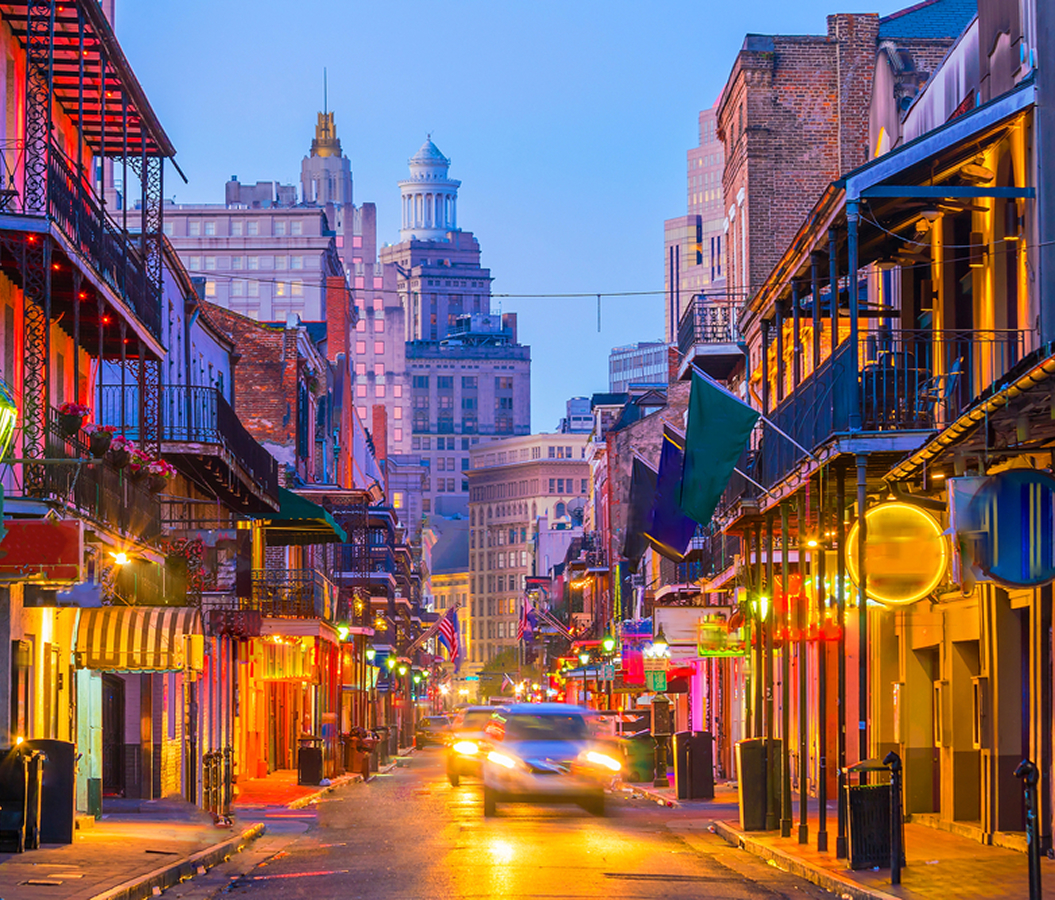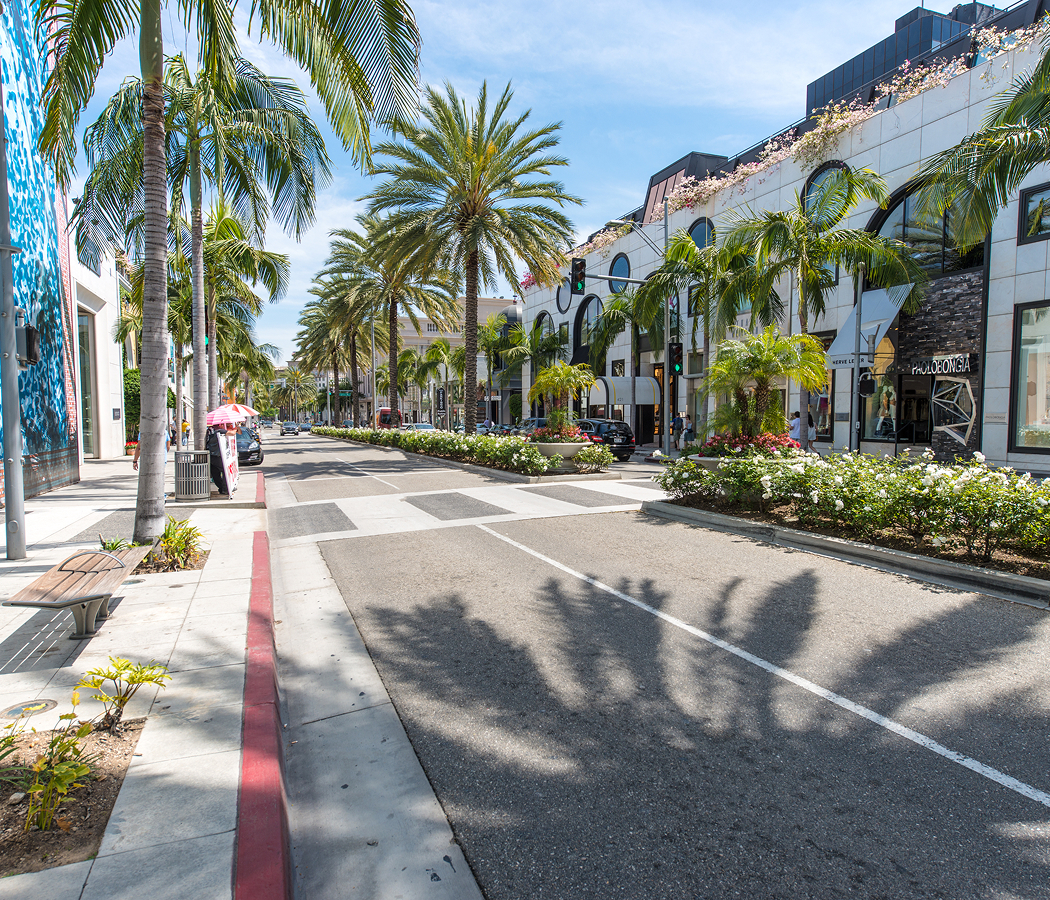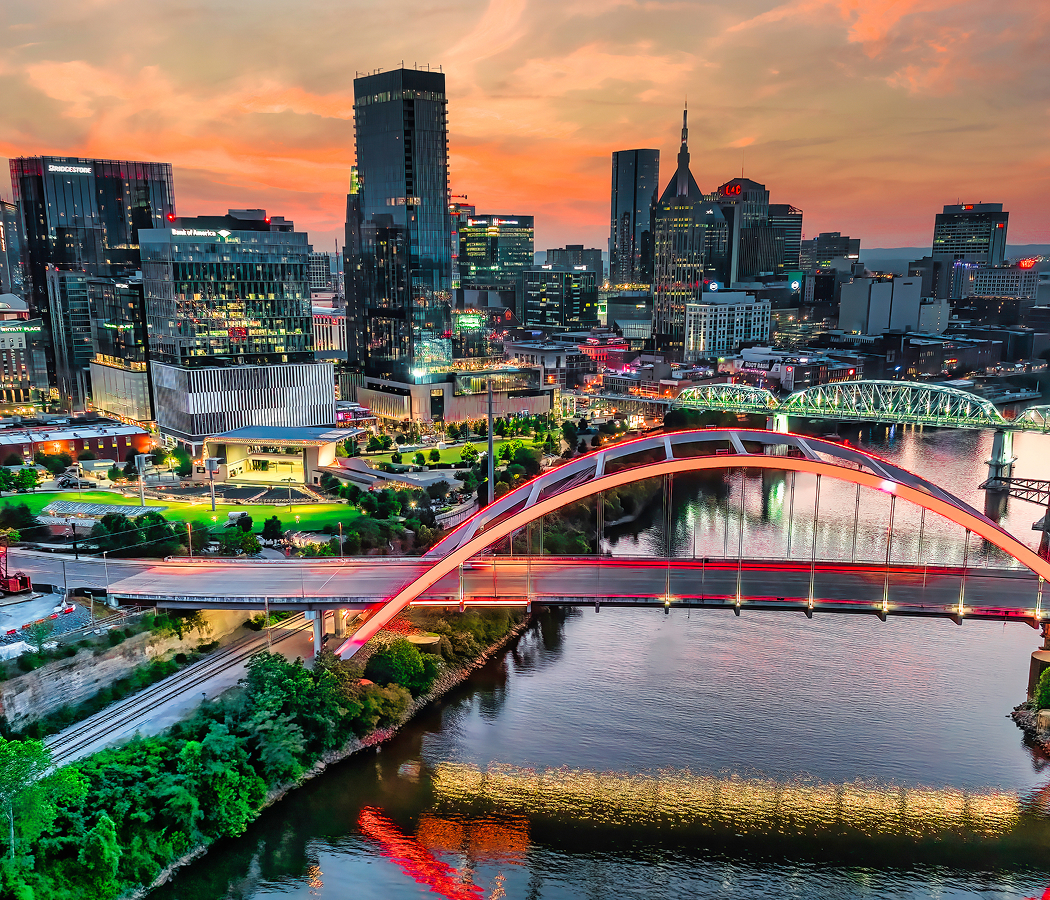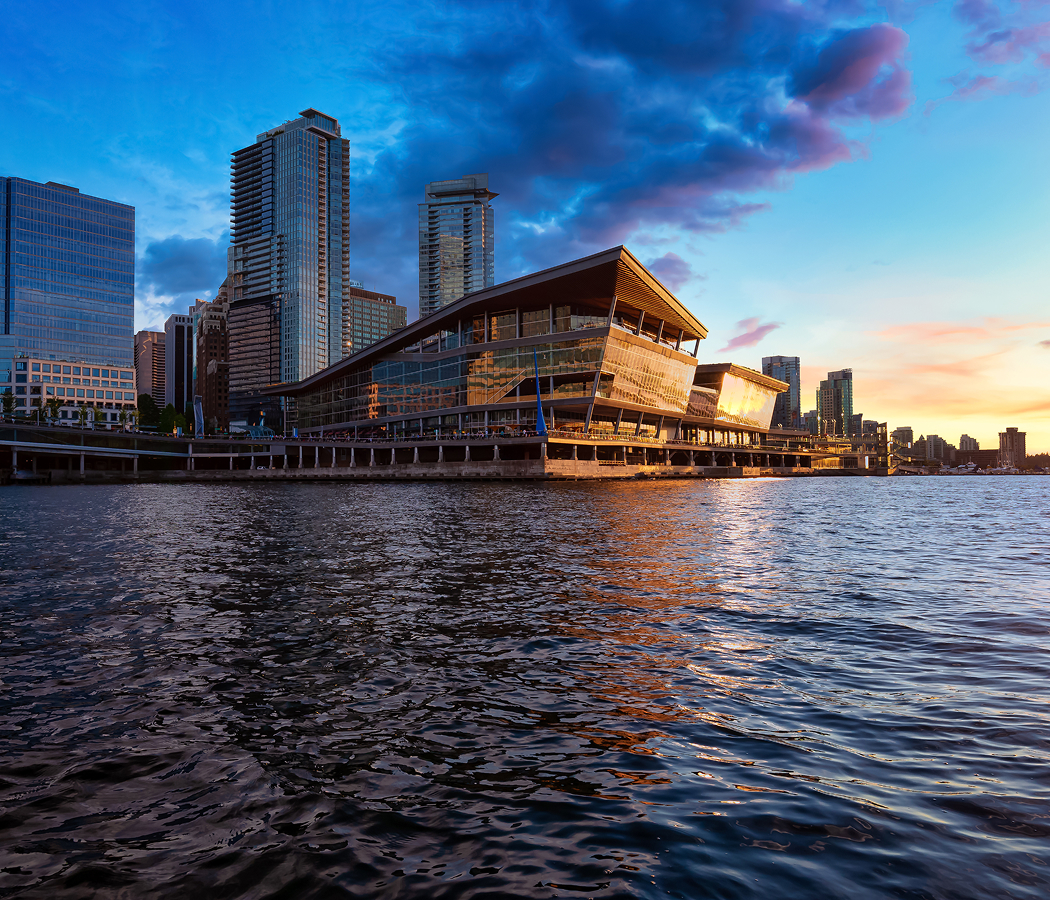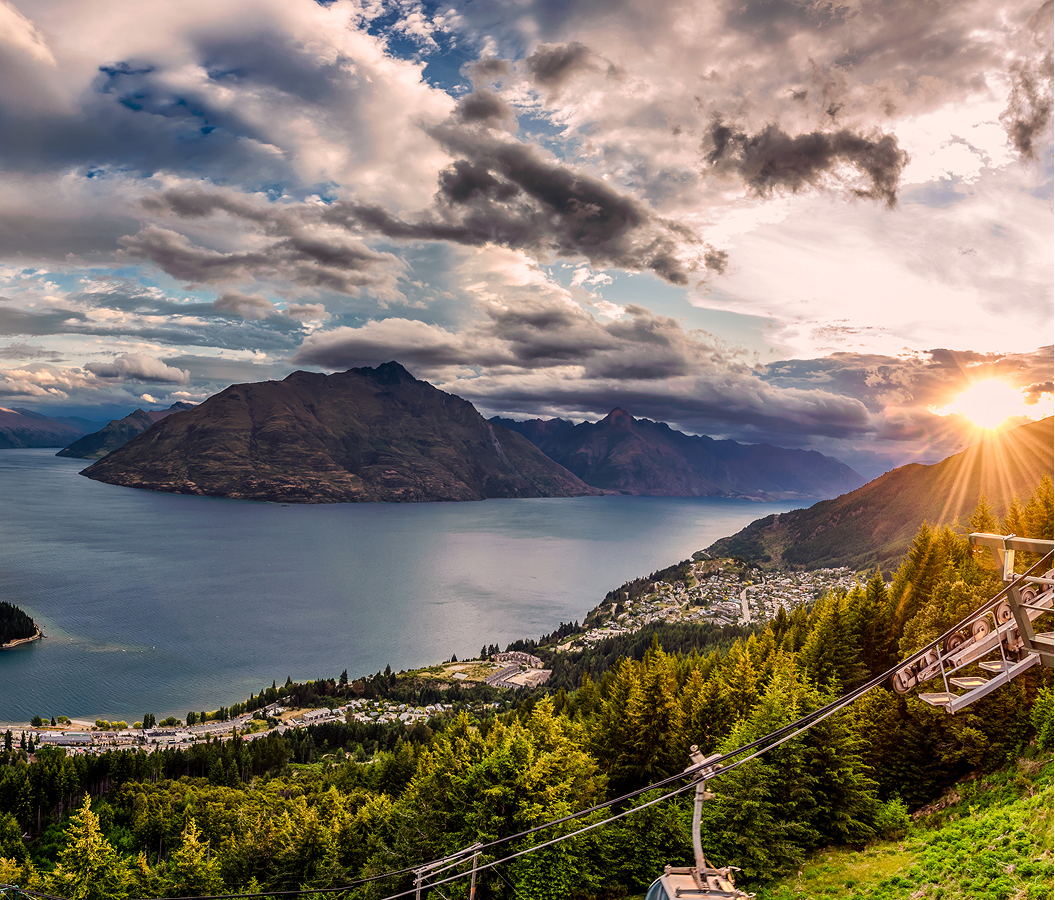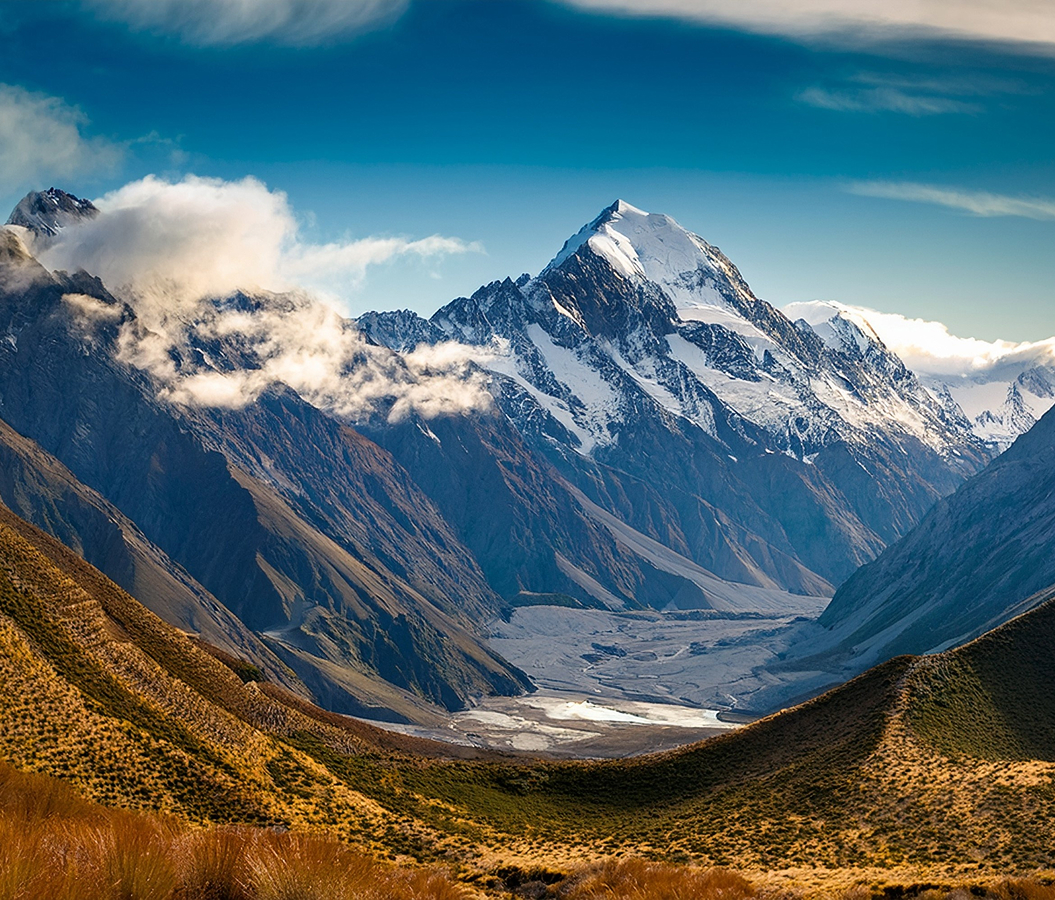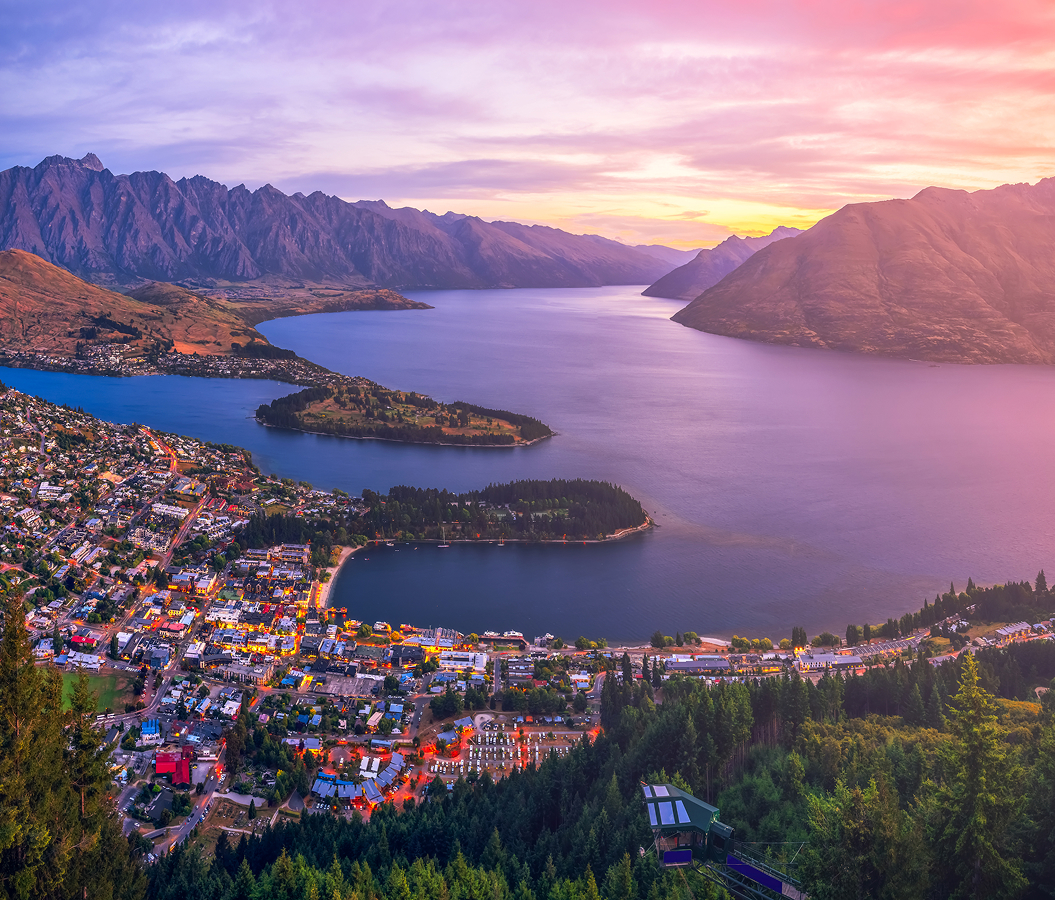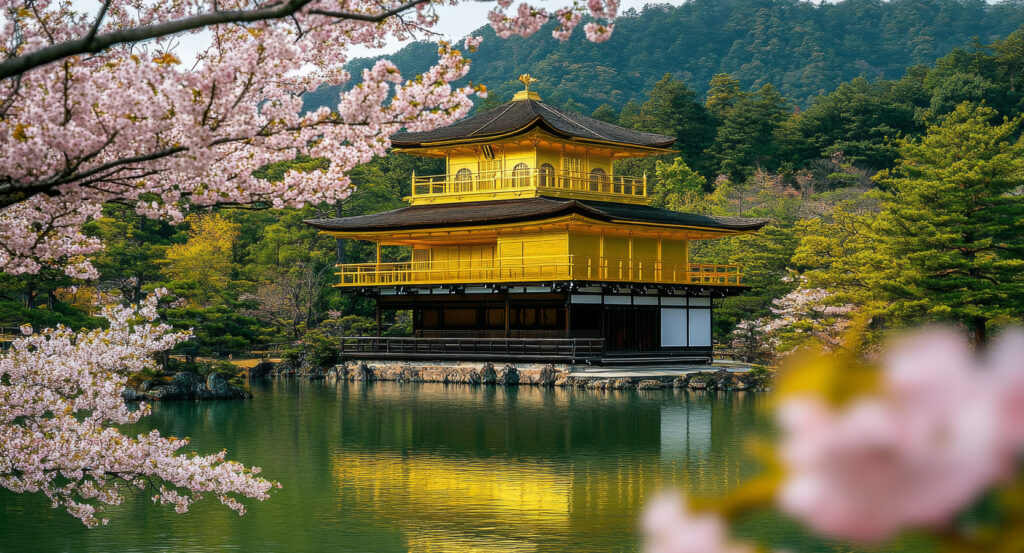
Why you should experience Kinkaku-ji (Golden Pavilion) in Kyoto.
Kinkaku-ji (Golden Pavilion) in Kyoto is pure radiance, a temple that seems to float between heaven and reflection, shimmering with gold and history in equal measure.
Set at the base of the northern hills, the Golden Pavilion glows against the calm of its surrounding gardens, mirrored perfectly in the still waters of Kyoko-chi, the Mirror Pond. As you approach through the tree-lined path, the first glimpse of gold catches the light like dawn itself, a vision so striking that even seasoned travelers stop mid-step. The air smells faintly of pine and moss, and the only sounds are the ripples of koi breaking the surface and the wind moving softly through maples. Built in the late 14th century as a retirement villa for the shogun Ashikaga Yoshimitsu, Kinkaku-ji was later converted into a Zen temple, embodying the Muromachi era’s deep devotion to art and tranquility. The top two floors are covered entirely in gold leaf, each tier representing a different architectural style, from samurai elegance to Buddhist serenity, and crowned by a bronze phoenix that glints defiantly toward the sky. The harmony between its gleaming structure and the natural world around it creates a silence that feels eternal, as though time itself bows in reverence before this vision of beauty.
What you didn’t know about Kinkaku-ji.
Behind the temple’s golden façade lies a story of impermanence, fire, and rebirth, a reminder that even the most dazzling beauty can rise from ashes.
The original pavilion, built in 1397, has burned down multiple times throughout history, the most recent in 1950 when a novice monk, overcome by obsession and despair, set it ablaze. The tragedy shocked Japan and inspired Yukio Mishima’s famous novel The Temple of the Golden Pavilion, which captured the haunting tension between perfection and destruction. The temple was painstakingly reconstructed in 1955, and the gold leaf you see today, thicker and brighter than before, serves as both restoration and resurrection. The surrounding grounds tell their own story of spiritual balance: moss gardens, ancient pine trees, and quiet teahouses arranged with the precision of a living painting. The design draws from Pure Land Buddhism, evoking an earthly paradise where enlightenment can be glimpsed in the reflections of water and gold. Few realize that beneath its luminous surface lies an interior of profound simplicity, tatami mats, sliding doors, and painted panels depicting Zen landscapes. It’s a deliberate contrast to the splendor outside, inviting contemplation on the nature of desire and transience. In this tension, between opulence and austerity, lies the essence of Kyoto’s philosophical soul.
How to fold Kinkaku-ji into your trip.
Experiencing Kinkaku-ji is about timing, patience, and surrendering to the rhythm of light.
Arrive early in the morning before the crowds, when the mist still lingers over the pond and the pavilion glows softly, its gold muted by the dawn. Follow the path that circles the temple grounds, a carefully choreographed route designed to reveal new perspectives at every turn. Watch how the reflection of the Golden Pavilion shifts with the breeze, sometimes crisp, sometimes blurred, like a memory half-remembered. Pause by the Anmintaku Pond, said to never dry up, and toss a coin toward the stone basins for good fortune. Further along, stop at the small Fudo Hall, home to a protective deity of fire, a subtle nod to the temple’s past and its enduring spirit. End your visit with a bowl of matcha at the Sekkatei Tea House, where the pavilion glows through the trees in the distance, framed like a painting. For an even deeper experience, visit in autumn when fiery red maples set the gold ablaze, or in winter when snow gathers on its roof like white silk. Every season transforms Kinkaku-ji into a new reflection of beauty and impermanence, a meditation on how light, like life, never stays the same. Kinkaku-ji isn’t merely Kyoto’s golden crown, it’s a living lesson in transformation. To stand before it is to witness how even in the face of loss, radiance returns brighter than before, reminding us that perfection is not found in permanence, but in renewal.
Hear it from the Foresyte community.
It’s literally just a building dipped in gold but somehow you stand there like it’s a glitch in the simulation. Feels fake, looks unreal. It gets you.
Where meaningful travel begins.
Start your journey with Foresyte, where the planning is part of the magic.
Discover the experiences that matter most.










